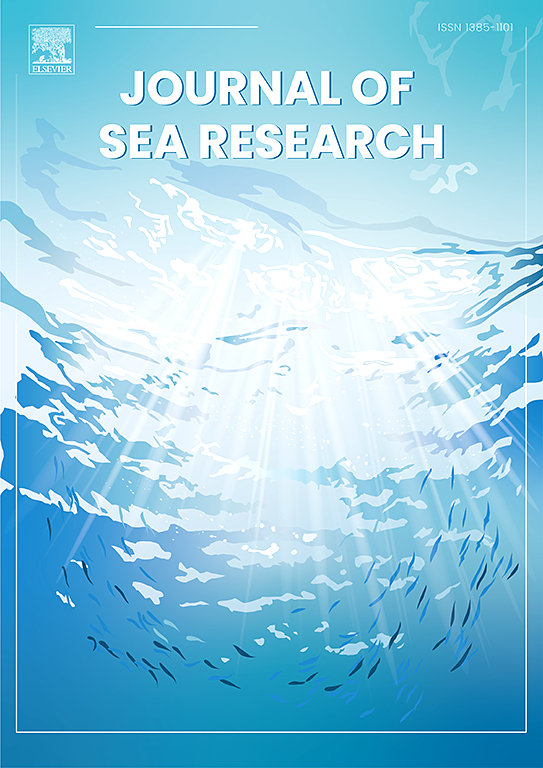Species turnover drives functional turnover with balanced functional nestedness in a Patagonian demersal assemblage
Abstract
Marine communities are changing at an accelerated rate because of anthropogenic stressors such as global warming and overfishing. Community compositional change over time (temporal β diversity) is mainly driven by the replacement of species. The consequence of this change on community functioning is still unclear. In this study, we assessed the magnitude and direction of both taxonomic and functional compositional change in a demersal community subject to fishing and incipient sea warming over a recent 12-year period. We also evaluated the relative roles of turnover and nestedness components on both dimensions of temporal β diversity and identified which species are driving compositional change. Compositional data was collected during five surveys that took place between 2006 and 2018. We used linear mixed models to test for temporal change in species richness and taxonomic and functional dissimilarity and its components. While species richness remained constant, taxonomic and functional dissimilarity increased through time, with turnover contributing most to total dissimilarity in both cases. Taxonomic turnover of around 15% of species per decade produced a functional replacement of 13% per decade. The main functional change is probably due to the spatial expansion of three species of crustaceans which are bringing functional novelty to certain areas of the gulf. We found that local extinctions and colonization were balanced, which suggests that species richness is being regulated at the local scale within the gulf. We also found a balance in functional nestedness, which leads us to infer that this variable is also being regulated at the community level.

 求助内容:
求助内容: 应助结果提醒方式:
应助结果提醒方式:


